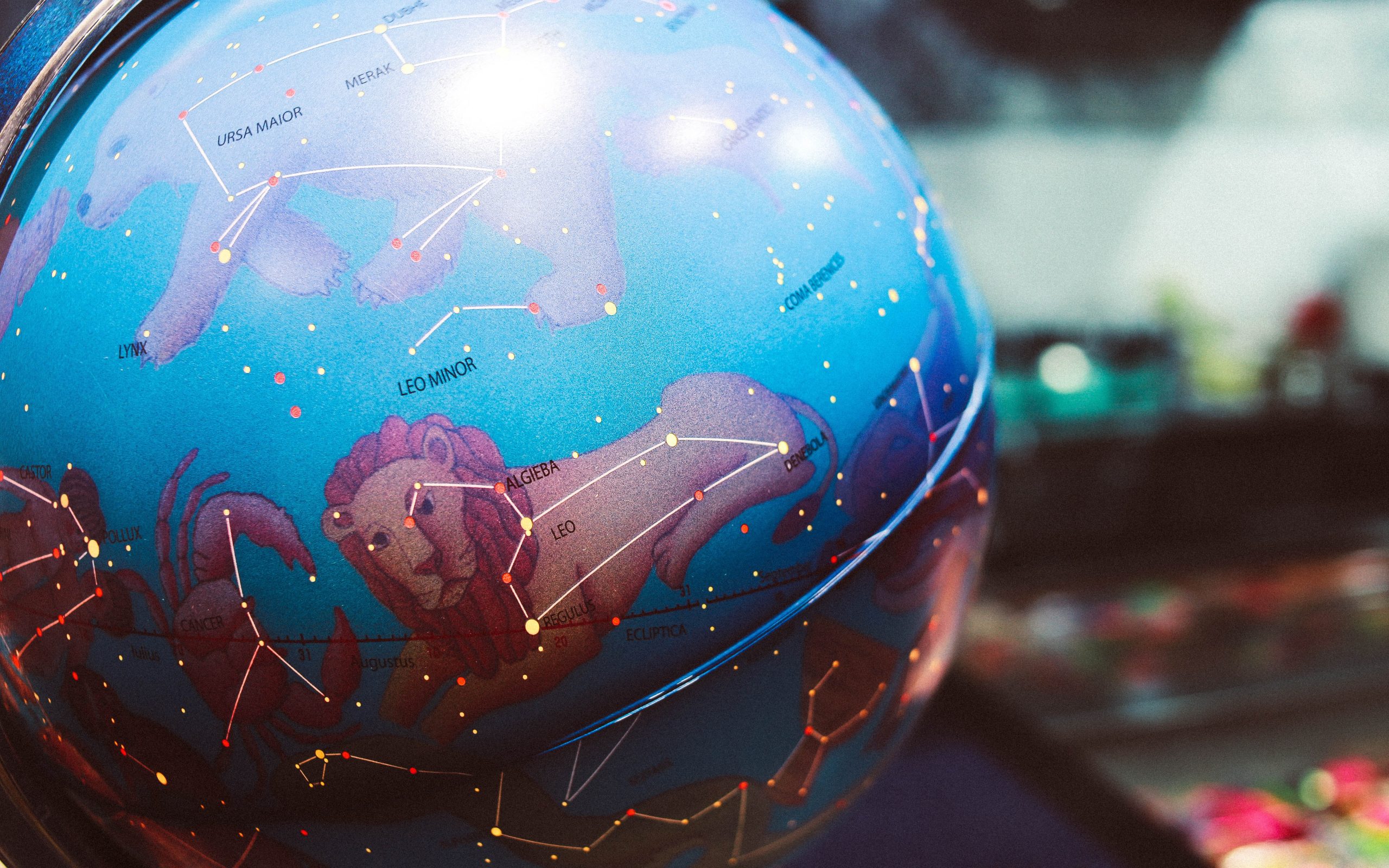Unveiling the Mysteries of Ouija Boards: Origins, Usage, and Controversies
Imagine dimly lit rooms, flickering candles, and individuals gathered around a wooden board adorned with mysterious symbols, eagerly awaiting messages from the unknown. This is the tantalizing world of Ouija boards, objects believed to bridge the gap between the living and the spirit realm. Although often associated with curiosity and intrigue, Ouija boards have also fostered controversy and polarized opinions. In this comprehensive guide, we will delve into the origins, usage, and controversies surrounding these enigmatic divination tools.
The Origins of Ouija Boards
Ouija boards have a rich history that stretches back centuries. Their origins can be traced to a practice known as “table-turning,” which emerged during the height of the spiritualist movement in the mid-19th century. Spiritualism, a belief system centered around communication with spirits of the deceased, gained popularity in both Europe and North America during this time.
In 1848, the Fox sisters, Kate and Margaret, claimed to have made contact with a spirit in their family home in Hydesville, New York. This event sparked a widespread interest in communicating with the dead, and countless individuals sought ways to connect with departed loved ones.
One of the earliest precursors to the Ouija board was the planchette, a small heart-shaped piece of wood or metal equipped with three legs. Participants would place their fingers on the planchette and allow it to move around a surface marked with letters and numbers, spelling out messages allegedly from spirits. The planchette was often employed alongside other divination methods such as automatic writing.
The Ouija board, as we know it today, was introduced in the late 19th century. In 1890, Elijah Bond, a businessman, and Helen Peters, a strong advocate of spiritualism, patented the first commercially produced board under the name “Ouija.” The name itself is believed to have originated from a combination of the French and German words for “yes” – “oui” and “ja,” respectively.
Using an Ouija Board
Using an Ouija board involves a simple yet fascinating process. Gather a group of individuals around the board, usually with their fingertips resting gently on a planchette or a movable indicator. The participants should have an open mind and a willingness to communicate with spirits.
Begin by asking if any spirits are present, allowing a pause for a response. If the planchette starts to move, indicating a connection has been established, participants can take turns asking questions. The planchette will move across the board, spelling out answers or pointing to letters and numbers to form coherent messages.
It is crucial to approach Ouija board sessions with caution and respect. Many enthusiasts emphasize the importance of setting a protective intention or creating a sacred space before initiating contact. This can involve lighting candles, reciting prayers, or performing rituals to establish a safe environment. Furthermore, it is recommended to never use the Ouija board alone, as the presence of multiple individuals deter potential negative energies.
As with any divination method, interpretations of Ouija board messages can be subjective. It is essential to exercise critical thinking and discernment, understanding that the responses received may originate from the subconscious minds of the participants rather than from external spiritual entities.
Controversies Surrounding Ouija Boards
Ouija boards have long been the subject of contention. Skeptics dismiss them as mere parlor games or products of ideomotor movements, attributing their functioning to unconscious muscle movements by the participants. Others, however, believe that Ouija boards genuinely facilitate communication with spirits.
One controversial aspect of Ouija board usage relates to the potential for negative or malicious entities to influence the communication. Some cautionary tales and anecdotes describe unsettling experiences, claiming that malevolent spirits can latch onto unsuspecting individuals through Ouija board sessions. As a result, many express warnings against using Ouija boards without proper knowledge or precautions.
Religious and cultural beliefs can also shape perceptions of Ouija boards. Some religious traditions label them as tools of the occult and discourage their use, indicating potential dangers associated with contact with the spiritual realm. Conversely, proponents argue that Ouija boards can be conduits for positive and enlightening experiences when approached with respect and a genuine desire for connection.
The Modern Appeal of Ouija Boards
Ouija boards continue to fascinate people today, captivating both believers in the supernatural and skeptics alike. Their allure is evidenced by cultural references in movies, literature, and paranormal TV shows. Ouija boards have become symbols of mystery, enticing individuals to explore the unknown and seek answers beyond the mundane.
Additionally, Ouija boards have found their place within the realm of paranormal investigations. Many paranormal enthusiasts and investigators employ Ouija boards as a tool to communicate with spirits during ghost hunts or exploring haunted locations. These individuals employ various strategies to enhance sessions, such as recording responses, utilizing additional divination tools, or conducting investigations in renowned spiritual hotspots.
Final Thoughts
The allure of Ouija boards lies in their promise to unlock the secrets of the spirit realm and connect individuals with departed loved ones. Whether seen as a gateway to the supernatural or simply a game of the mind, the widespread fascination with Ouija boards persists.
While Ouija boards spark debates, it is crucial to approach them with caution, respect, and a critical mindset. Whether one believes in their mystical properties or attributes their functioning to psychological phenomena, the allure of these divination tools cannot be denied.
So, the next time you find yourself gathered around a dimly lit room, fingers poised on the planchette, remember the fascinating history, intricate usage, and the controversies that accompany this enigmatic tool.
Table of Contents
